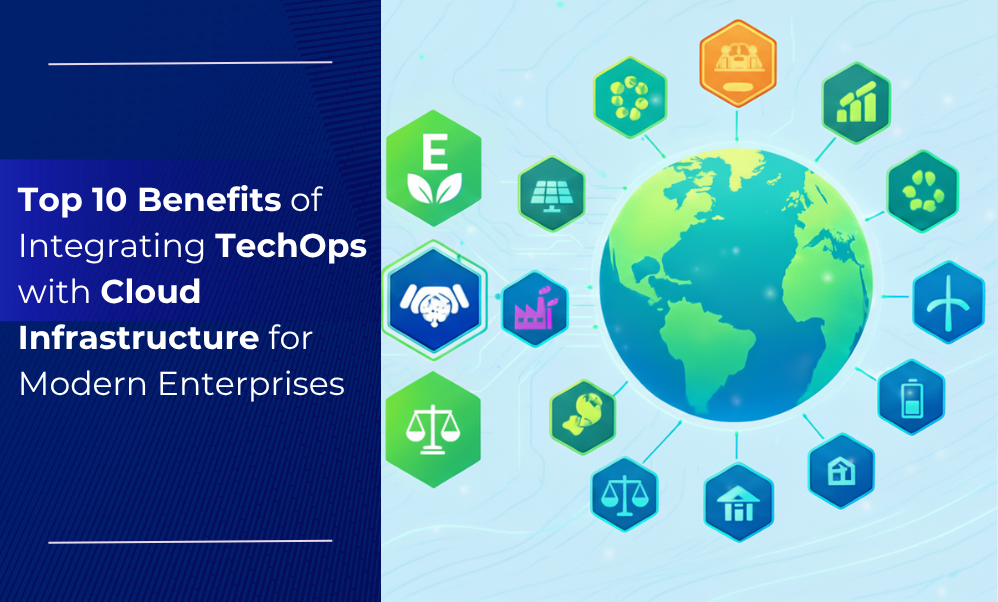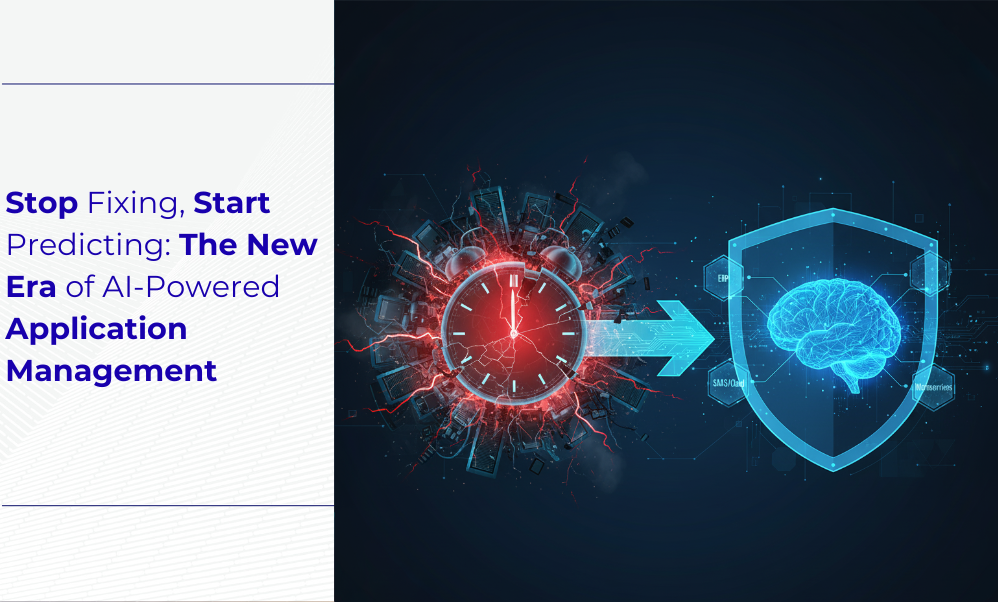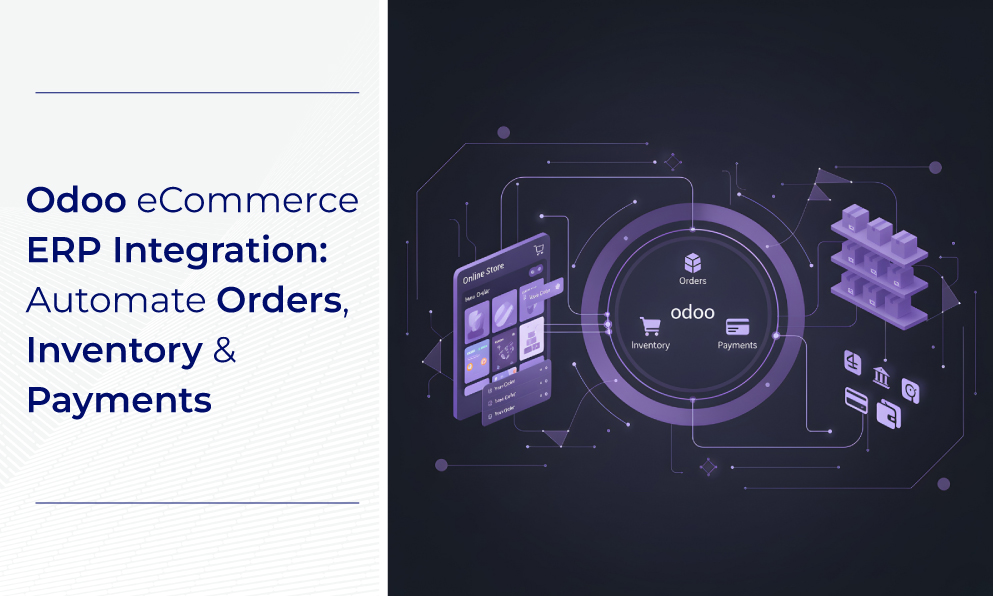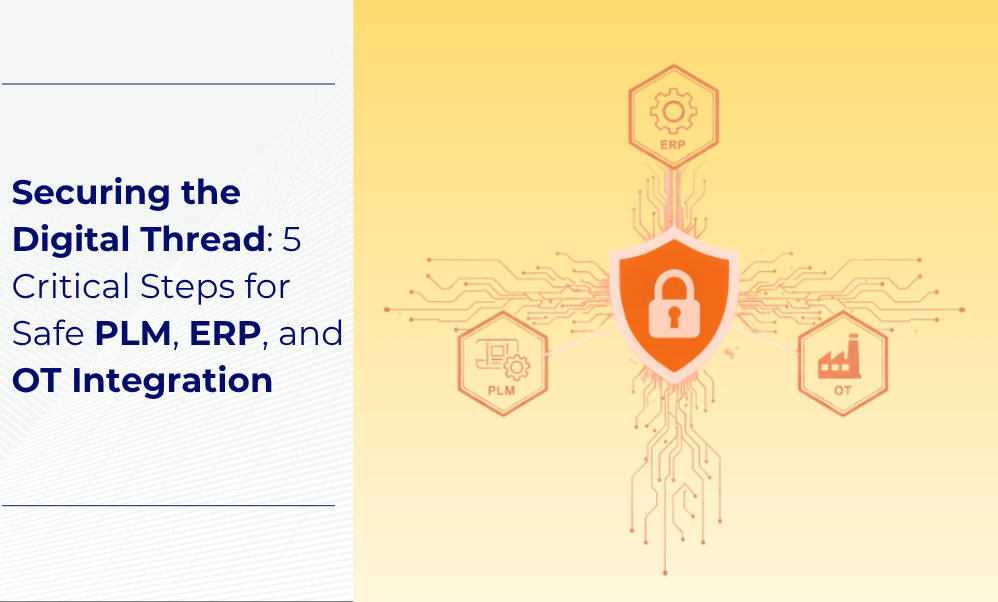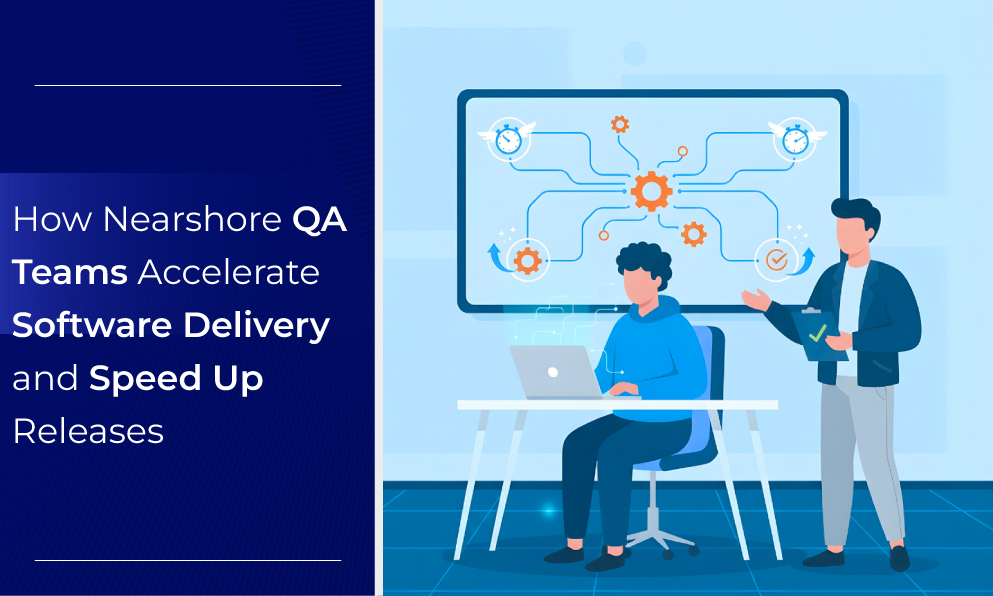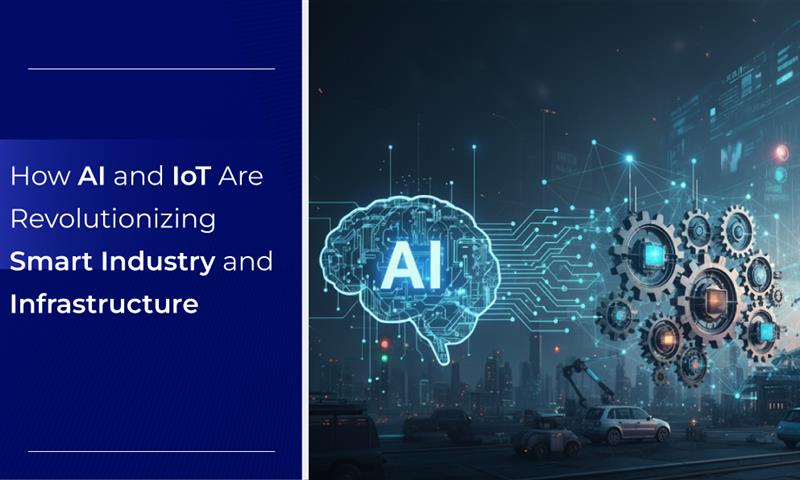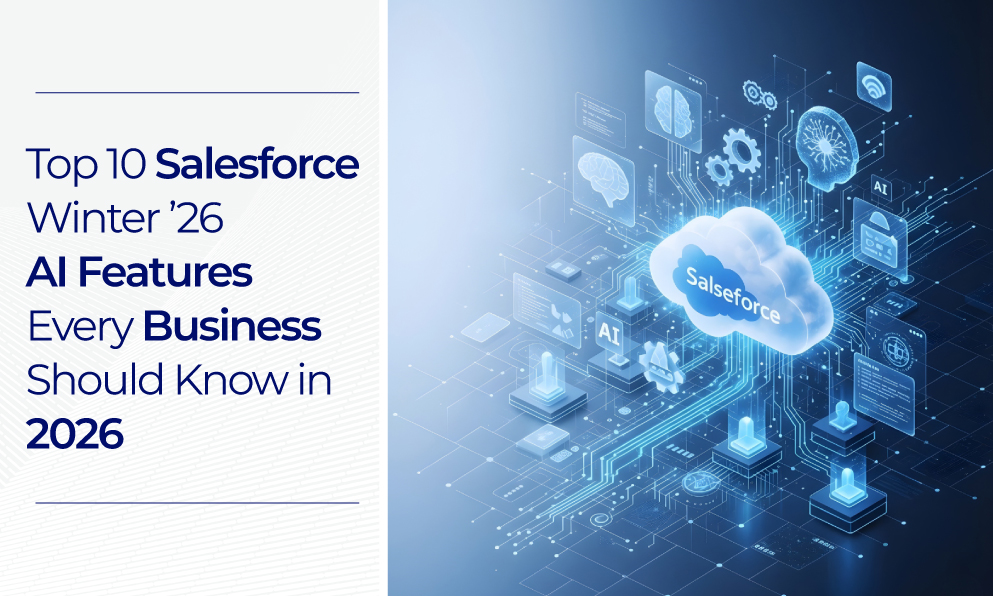The Crippling Cost of Reactive IT Operations
In today’s hyper-connected digital economy, the performance of an enterprise's application portfolio is synonymous with its business performance. Yet, for many organizations, the model for managing these critical applications remains dangerously outdated. The traditional Application Management Service (AMS) model is one of reaction. It operates on a "break-fix" cycle: a system fails, an alert is triggered, and a "war room" of engineers scrambles to find the root cause, all while the business grinds to a halt.
This "firefighting" model is no longer sustainable. The cost of an outage is not measured in IT hours but in business-wide catastrophe. According to industry studies, a single critical application failure can cost an enterprise over $100,000 per hour [1]. For a manufacturing company, a 2-hour PLM or ERP outage isn't just an IT problem; it's 200 lost engineer-hours, a missed production deadline, and a ripple effect of disruption that erodes margins and customer trust.
The fundamental flaws of this reactive model include:
- Alert Fatigue: IT teams are inundated with a high volume of low-context alerts ("red alerts") from dozens of disparate monitoring tools, making it impossible to distinguish genuine threats from simple noise.
- Manual Root Cause Analysis: When a failure occurs, engineers spend 70-80% of their time simply trying to diagnose the problem, manually sifting through logs and correlating events across systems.
- Resource Misallocation: This constant firefighting cycle consumes an organization's most valuable technical resources. Skilled engineers, who should be driving innovation, are instead perpetually occupied with "keeping the lights on."
The complexity of modern IT—multi-cloud environments, microservices, and interconnected SaaS platforms (like Salesforce and Odoo) with legacy ERPs—has rendered this human-centric, reactive model obsolete. The solution is a strategic shift in paradigm: from fixing problems to predicting them. This is the new era of AI-powered application management.
The Solution: What is AI-Powered Application Management (AIOps)?
AI-powered application management, known in the industry as AIOps (Artificial Intelligence for IT Operations), is the strategic application of artificial intelligence and machine learning (ML) to automate and enhance every facet of IT operations.
Coined by Gartner, AIOps is not a single tool but a comprehensive framework that unifies data collection, analysis, and automated remediation. It moves IT operations from a reactive state to a proactive and, ultimately, predictive state. Instead of just monitoring for failure, AIOps learns the "normal" heartbeat of an entire IT ecosystem, allowing it to identify the subtle "digital whispers" that signal a future failure, long before a human operator or a static alert threshold is ever triggered.
The Four Pillars of an AIOps Framework
To understand the transformative power of AIOps, it is essential to understand its core functional pillars. BJIT’s enterprise AI solutions are built upon this proven framework to deliver end-to-end operational intelligence.
1. Aggregate & Observe: The Unified Data Foundation
An AIOps platform begins by breaking down data silos. It ingests and centralizes massive, continuous streams of data from every component of the IT environment. This includes:
- Metrics & Logs: System logs, performance metrics (CPU, memory, query times), and network traffic from servers, cloud instances, and applications.
- Event & Ticket Data: Alerts from existing monitoring tools and historical incident data from platforms like ServiceNow.
- Business & User Data: Application performance data (e.g., shopping cart abandonment rates, user transaction times) and data from core platforms like Odoo, Salesforce, and ERPs.
2. Analyze & Detect: The Predictive ML Engine
This is where the intelligence is born. The aggregated data is fed into sophisticated machine learning models that establish a "dynamic baseline" of normal behavior. Unlike old systems that only triggered an alert if "CPU usage > 90%," AIOps understands context. It knows that 80% CPU usage during a scheduled Friday night batch process is normal, but that 60% usage at 3:00 AM on a Tuesday is a critical anomaly. This dynamic anomaly detection is the first step in predictive IT management.
3. Correlate & Diagnose: Intelligent Root Cause Analysis
This pillar delivers the most significant and immediate ROI. In a traditional outage, a single failure (like a full database) can trigger a "storm" of hundreds of alerts across a dozen systems. AIOps instantly cuts through this noise. Its ML engine correlates all related events across the entire IT stack—from a recent code deployment in one system to a minor spike in network latency in another—to pinpoint the exact root cause in seconds, not hours.
4. Automate & Remediate: The Self-Healing System
The final step is to act on the insight. AIOps can trigger automated, pre-approved responses to common problems, such as restarting a failed service, scaling cloud resources, or blocking a suspicious IP address. For more complex issues, it automatically creates a single, high-context incident ticket—not 200—and routes it to the correct team with the root cause and all relevant diagnostic data already attached.
This framework transforms the IT operations center from a reactive "war room" into a proactive, strategic nerve center for the business.
Ready to see this framework in action? Schedule a Demo with BJIT Today
The AIOps Market: A Non-Negotiable Business Transformation
The adoption of AI-powered application management is not a speculative trend; it is one of the fastest-growing and most critical investments for modern enterprises. Market analysis reports project the global AIOps market to grow from $11.16 billion in 2025 to over $32.56 billion by 2029, reflecting a staggering Compound Annual Growth Rate (CAGR) of over 30% [2].
This exponential growth is not driven by hype. It is a direct response to the new realities of the digital-first world:
- Unmanageable Complexity: The rise of hybrid-cloud, microservices, and containerization has created IT environments that are too large, too complex, and too dynamic for humans to manage manually.
- The Data Deluge: The explosion of IoT devices and enterprise applications generates terabytes of operational data. Without AI, this data is just "noise." With AI, it becomes a predictive asset.
- The Failure of Legacy Tools: Traditional, siloed monitoring tools cannot provide the cross-domain visibility needed to manage interconnected business processes that flow from Salesforce to Odoo to a custom-built ERP.
For CIOs and CTOs, the message is clear: AIOps is no longer a "nice to have" but a core component of a resilient, efficient, and scalable digital infrastructure.
The Business Value of Predictive IT Management: An ROI for the C-Suite
Adopting AIOps is a strategic business decision, not just a technical upgrade. The return on investment for predictive IT management is profound, measurable, and touches every part of the enterprise.
Drastically Reduced Downtime & Business Disruption
The primary benefit is the shift from resolving downtime to preventing it. By predicting failures before they happen, organizations can schedule maintenance in a controlled, non-disruptive way. The business impact is transformative:
- For Manufacturing: Predictive maintenance, driven by AI, can increase asset availability by up to 15% [3]. This means the PLM system (like CATIA V6 or SolidWorks) is always available for engineers, and factory-floor IoT data is used to predict physical asset failures, not just software crashes.
- For Finance/Retail: This prevents costly, customer-facing outages, reduces machine failures by up to 70%, and extends the lifespan of critical equipment by 20% [4].
Significant Cost Reduction & Resource Optimization
The "firefighting" model is expensive. It consumes budget, demands emergency vendor support, and burns out top talent. AIOps breaks this cycle.
- Reduced Maintenance Costs: Studies show that predictive maintenance can reduce overall maintenance costs by 18-25% [5].
- Re-allocation of Talent: By automating up to 80% of routine monitoring and root-cause analysis tasks, BJIT AI services free an organization's skilled engineers from the "war room." These valuable resources can be re-allocated to high-value projects that drive innovation—such as the "Tool, Macro, and Add-in development" that creates new competitive advantages.
Enhanced Security and Compliance Posture
In the modern threat landscape, the line between an operational anomaly and a security breach is blurred. AIOps anomaly detection is a powerful security tool. It can instantly flag suspicious activity—such as unusual data access patterns from a user account or network traffic from an unknown location—that may signal a ransomware attack or an insider threat, enabling security teams to neutralize the threat before it becomes catastrophic.
Is your current IT infrastructure a cost center or a value driver? Ask BJIT to Audit and Optimize Your IT Infrastructure
BJIT AI Services in Action: Predictive Management for Your Core Platforms
AI-powered application management is not a one-size-fits-all product. Its true value is realized when it is applied to an organization's most critical, high-value platforms. BJIT combines its deep expertise in enterprise AI solutions with over two decades of experience in managing and modernizing core business applications.
Odoo & Salesforce: From Reactive CRM to Predictive Engagement
A crash in your CRM or ERP system during quarter-end is catastrophic. BJIT's AIOps services provide a predictive layer of management for these SaaS leaders.
- Odoo: We move beyond basic hosting. Our AI services monitor Odoo workflows to predict inventory stockouts before they happen, use AI-driven invoice automation (with reported accuracy up to 98%), and ensure the data pipeline between your Odoo modules and other systems is never compromised.
- Salesforce: We use AI to manage the performance of your entire Salesforce ecosystem. This includes predictive lead scoring to focus sales teams, monitoring API call limits to prevent service disruptions, and ensuring the complex integrations that feed your Einstein AI models are healthy and reliable.
ERP Modernization (SAP, Dynamics, & Custom)
For industrial and manufacturing clients, the ERP is the center of the universe. BJIT's expertise, enhanced by our Etteplan partnership, is in connecting the digital world to the physical. We implement predictive IT management for ERP systems by:
- Integrating IoT sensor data (monitoring temperature, vibration, and pressure) from factory floor assets.
- Feeding this data into AI models that predict physical equipment failure.
- Automatically triggering a predictive maintenance work order within the ERP (like SAP or Dynamics 365) before the asset breaks down.
This is the true realization of Industry 4.0, and it is all managed and monitored by a single, intelligent AMS framework.
The BJIT Global Advantage: A Partner for Your Enterprise AI Solutions
A powerful AI framework is only as effective as the team that implements and manages it. BJIT is uniquely positioned as a global leader to deliver these transformative enterprise AI solutions.
Global Delivery, Local Expertise (Japan, Europe, Bangladesh)
BJIT’s "follow-the-sun" global delivery model is the perfect foundation for 24/7/365 predictive operations. With strategic offices in Japan, Europe (Finland, Sweden), and the United States, complemented by our large-scale, CMMI Level 3-certified delivery hub in Bangladesh, we provide an uninterrupted service.
Our AIOps-driven Network Operations Center (NOC) is always active. An anomaly detected by the AI at 3:00 AM in Europe is instantly analyzed by our team in Dhaka, ensuring a proactive fix is implemented while your team in the U.S. is asleep. This model provides unparalleled resilience and cost-efficiency.
The Etteplan Partnership: Industrial Strength Meets AI Innovation
BJIT's strategic partnership with Etteplan, a leading global technology service company, creates a unique powerhouse for industrial clients. Etteplan’s acquisition of a stake in BJIT combines their deep, world-class expertise in industrial engineering and product R&D with BJIT's high-quality, scalable, and cost-efficient capabilities in software development and AI services.
For a CTO in manufacturing, this partnership is the ideal solution: a single, trusted partner that understands both the physical engineering assets on the factory floor and the complex, AI-driven software (PLM, ERP, AIOps) used to manage them.
Built on a Foundation of Trust
BJIT's AI-powered AMS is the natural, cutting-edge evolution of our deep, proven experience in managing complex, mission-critical application environments for global leaders. Our expertise is built on a foundation of trust from managing services such as:
- Valmet PDM AMS
- Enovia & CATIA V6 AMS
- Aton PLM AMS
- SolidWorks AMS
We are not an AI vendor selling a product; we are an engineering and AMS partner using AI to deliver the next generation of operational excellence.
Modernize your Odoo, Salesforce, and ERP management. Contact BJIT for AI-Driven Application Management Solutions
Your Roadmap to Predictive IT Management
Transitioning from a reactive to a predictive model is a journey. BJIT provides a clear, consultative roadmap to ensure a successful transformation.
- The BJIT AI Readiness Audit: Our consultants partner with your team to analyze your current IT infrastructure, application portfolio (including Odoo, Salesforce, and ERP), and data sources to identify the highest-impact areas for an AIOps pilot.
- The Data Unification Strategy: We help you break down data silos, implementing the necessary tools to aggregate logs, metrics, and event data into a unified platform ready for ML analysis.
- The AIOps Pilot Program: We prove the value quickly. We implement the predictive model on a single, contained, high-impact application, demonstrating a clear ROI by reducing alerts and preventing downtime.
- Enterprise-Wide Scale & Innovation: Using the pilot's success, we methodically scale the AI-powered application management framework across your entire enterprise, creating a culture of continuous improvement and innovation, not reaction.
Conclusion: Stop Fixing, Start Innovating
The era of reactive IT is over. The "break-fix" model is too slow, too expensive, and too high-risk for a modern digital enterprise. The future of application management is predictive, intelligent, and autonomous.
The shift to AI-powered application management (AIOps) is no longer a question of if, but when. It is the single most effective strategy to reduce operational costs, maximize uptime, and, most importantly, free your most valuable technical talent to build the future of your business.
BJIT, with its unique combination of a global delivery model, deep engineering partnerships, and a proven foundation in managing complex enterprise applications, is the ideal partner to lead this transformation.
Are you ready to stop fixing and start predicting? Schedule a Demo with BJIT Today.
References
[1] Deloitte Insights. (2022). "The Cost of Downtime: Understanding the Financial Impact of IT Outages."
[2] Research and Markets. (2024). "AIOps Market Report 2025."
[3] McKinsey & Company. (2022). "Operations-Excellence: Predictive Maintenance."
[4] CIO Influence. (2025). "Predictive Analytics in ITSM: Reducing Downtime and Improving Incident Resolution."
[5] Deloitte. (2023). "Predictive Maintenance: Deloitte's Approach."
[6] OBS Solutions. (2025). "Discover Odoo AI: Powerful Features for Automation & Growth."
